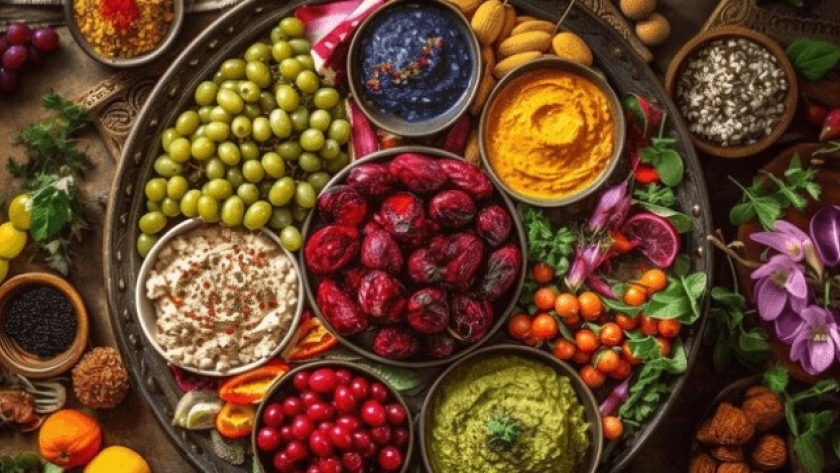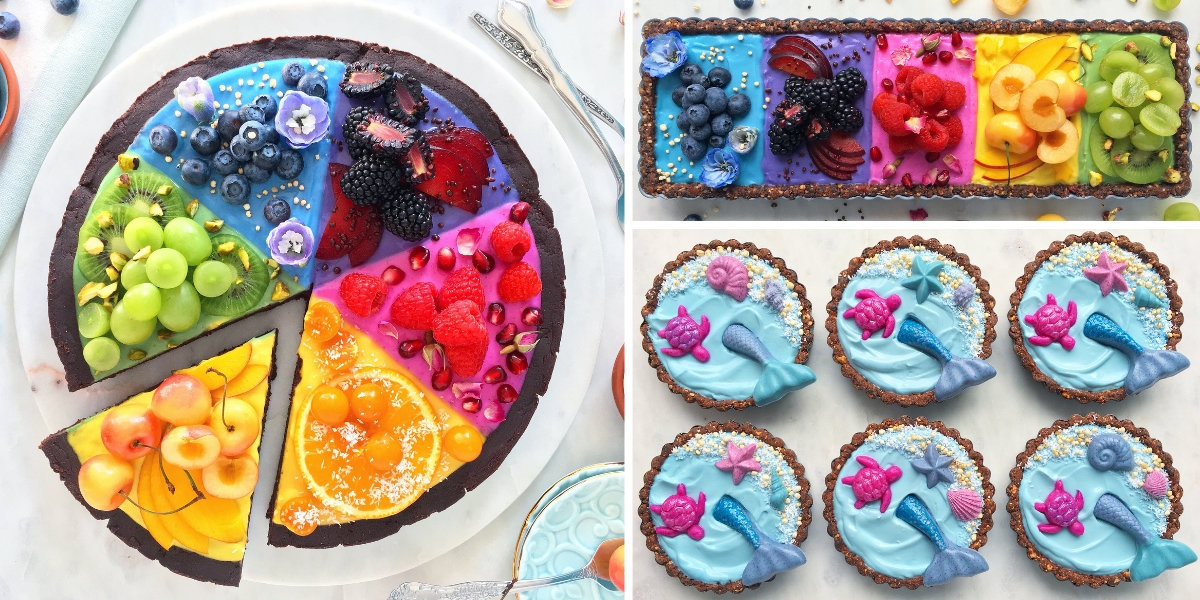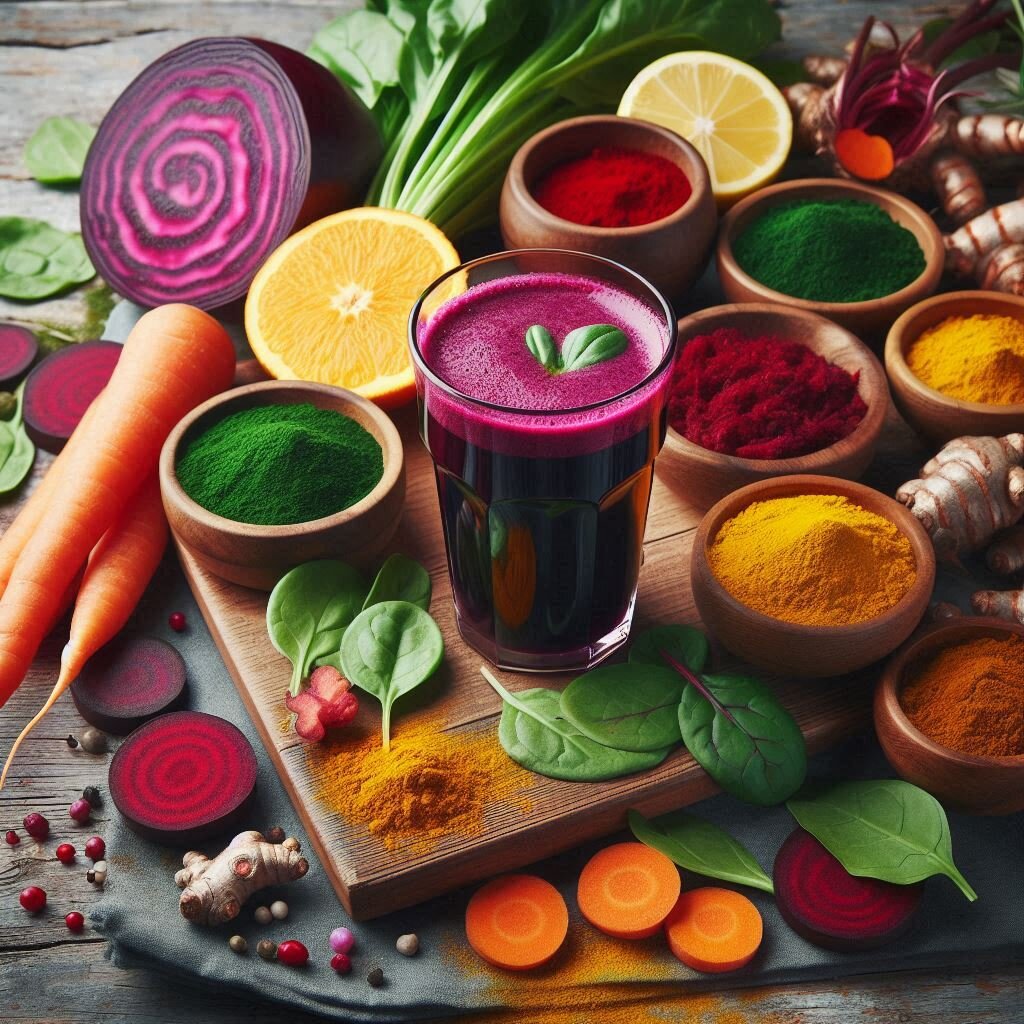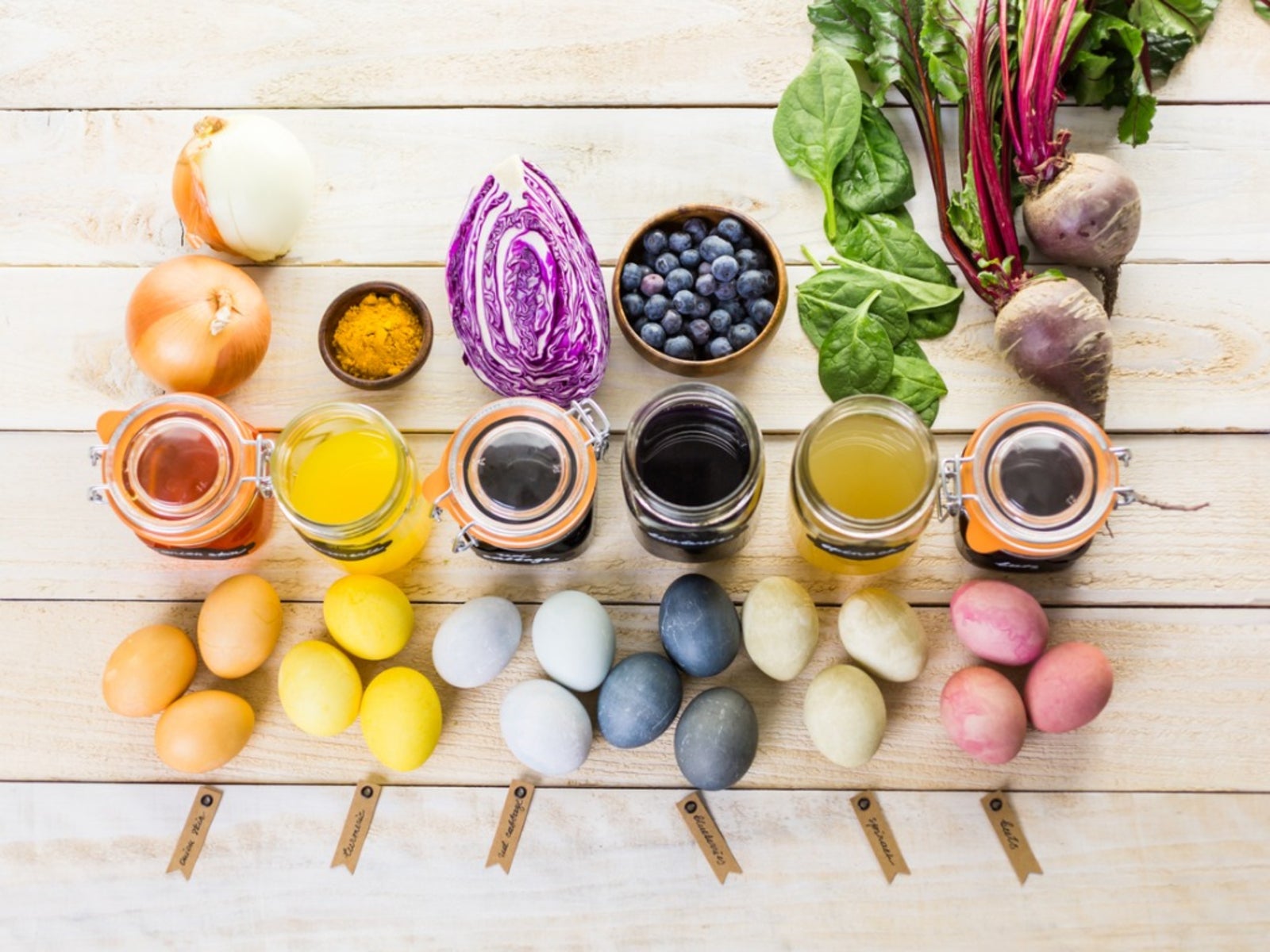
By Agrompresario.com
In the quest for healthier and more sustainable food options, natural food dyes have become a popular alternative to synthetic colors. Derived from plant, animal, and mineral sources, these natural dyes offer vibrant hues without the potential health risks associated with artificial additives. This article explores the main natural food dyes, their sources, uses, and examples of international brands that incorporate them into their products.

1. Beet juice
- Color: Red to pink
- Uses: Confectionery, beverages, sauces
- Source: Beetroot
-Example: Ben & Jerry's uses beet juice to color some of their ice creams and sorbets.
2. Turmeric
- Color: Yellow to orange
- Uses: Mustard, dairy products, baked goods
- Source: Turmeric root
- Example: Fage includes turmeric in their yogurt products for a natural yellow hue.
3. Spinach
- Color: Green
- Uses: Pasta, ice creams, soups
- Source: Spinach leaves
- Example: Annie's Homegrown uses spinach to color their organic mac and cheese.
4. Carrot juice
- Color: Orange
- Uses: Dairy products, beverages, confections
- Source: Carrots
- Example: Stonyfield Organic uses carrot juice to color their yogurts.
5. Red cabbage
- Color: Purple to blue
- Uses: Beverages, confections
- Source: Red cabbage leaves
- Example: Nestlé uses red cabbage extract in some of their candies and beverages.
6. Spirulina
- Color: Blue to green
- Uses: Smoothies, candies, dairy products
- Source: Blue-green algae
- Example: Unilever's Good Humor brand uses spirulina to color their ice pops.
7. Annatto
- Color: Yellow to orange
- Uses: Butter, cheese, snacks
- Source: Seeds of the achiote tree
- Example: Cabot Creamery uses annatto to color their cheddar cheeses.

1. Cochineal (Carmine)
- Color: Red to pink
- Uses: Yogurt, candy, beverages
-Source: Cochineal insects
- Example: Dannon uses cochineal extract to color some of their fruit-flavored yogurts.

1. Calcium carbonate
-Color: White
- Uses: Confectionery, baking
- Source: Limestone
- Example: Tootsie Roll Industries uses calcium carbonate in some of their candies.
2. Iron oxides
- Color: Red, yellow, black
- Uses: Confectionery, baked goods
- Source: Iron ores
-Example: Mars, Incorporated uses iron oxides in some of their confectionery products.

1. Saffron
- Color: Yellow to orange
- Uses: Rice, confections, beverages
- Source: Saffron crocus stigmas
- Example: Saffron Road uses saffron in their frozen meals and snacks.
2. Paprika
- Color: Red to orange
- Uses: Sausages, soups, sauces
- Source: Dried and ground red peppers
- Example: Hormel Foods uses paprika in their pepperoni and sausage products.
3. Blueberry Juice
- Color: Purple to blue
- Uses: Beverages, confections, dairy products
- Source: Blueberries
- Example: Ocean Spray uses blueberry juice in their fruit drinks and blends.
Natural food dyes are gaining traction due to their health benefits and appeal to consumers seeking clean-label products. Unlike synthetic dyes, which have been linked to various health concerns, natural dyes are generally considered safer and are often associated with additional nutritional benefits. For example, turmeric not only provides a vibrant yellow color but also offers anti-inflammatory properties.

Despite their benefits, natural dyes can pose challenges in food processing. They may be more expensive and less stable than synthetic dyes, leading to variations in color intensity and shelf life. However, advancements in food technology continue to improve the stability and application of natural dyes, making them increasingly viable for widespread use.
The shift towards natural food dyes reflects a broader trend in the food industry towards healthier and more sustainable products. As consumers become more aware of the ingredients in their foods, the demand for natural alternatives will likely continue to grow. Brands like Ben & Jerry's, Fage, Annie's Homegrown, and many others are leading the way by incorporating these natural dyes into their products, offering vibrant colors without compromising on health and safety.
